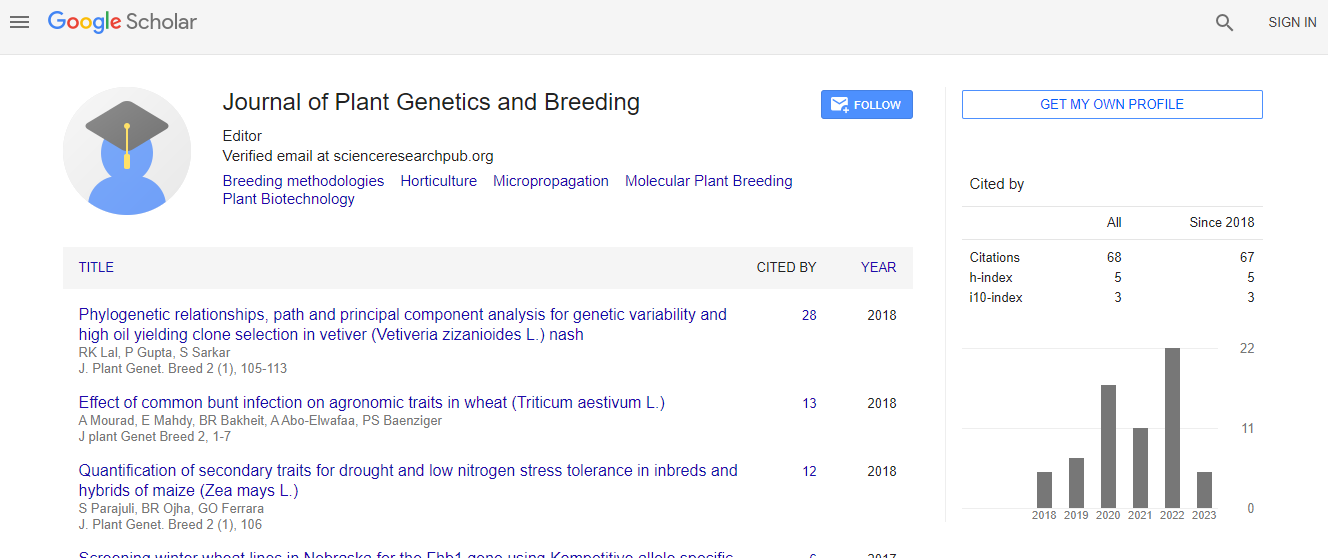Effect of microwave pretreatment method on the quality of straw pellets and the agglomeration process
*Corresponding Author:
Copyright: © 2020 . This is an open-access article distributed under the terms of the Creative Commons Attribution License, which permits unrestricted use, distribution, and reproduction in any medium, provided the original author and source are credited.
Abstract
Considering the changes in lignocellulose structure, alternative heating is a competition for conventional heating. Radiation causes delignification and partial removal of hemicellulose and increased carbohydrate hydrolysis. Standard heating works on the surface heat exchange whereas microwaves cause that heat is generated as a result of the object's influence in the electromagnetic field. In contrast to conventional heating methods, the effect of microwave heating is almost instantaneous, there is no time to wait for a source of warming up or cooling down. The aim of the work was to acquire a new knowledge and explain the effect of the use of microwaves and the addition of glycerin to lignocellulosic material from straw of different moisture content. The best compaction parameters were selected: 0.1 g mass of single sample, 140°C head heating temperature, 60 mm die thickness. The density of obtained pellets, pressure of compaction, compressive strength analysis and the net and gross calorific value of the material with the addition were determined. Studies have shown that the addition of glycerin to biomass is advantageous when the material is not pre-treated in the microwave. The best density and durability had pellets made of a material with a moisture content of 20%.

 Spanish
Spanish  Chinese
Chinese  Russian
Russian  German
German  French
French  Japanese
Japanese  Portuguese
Portuguese  Hindi
Hindi 